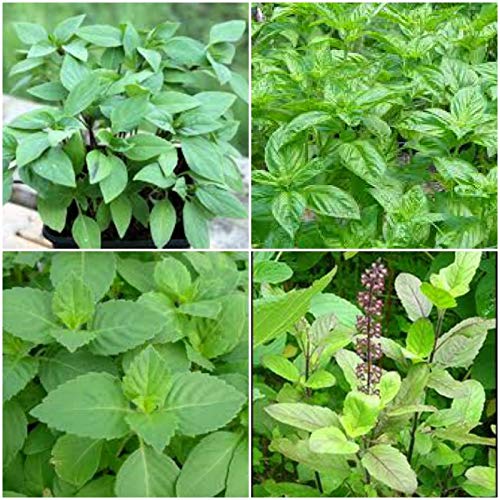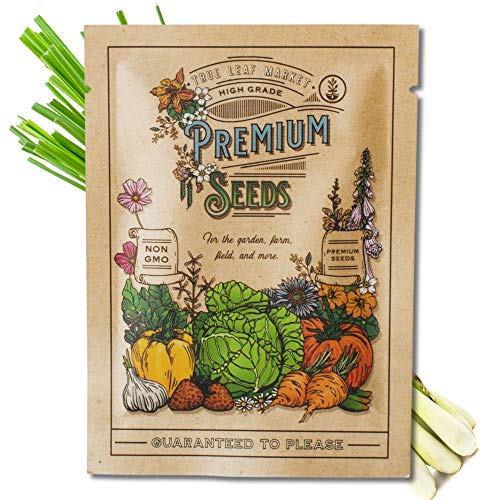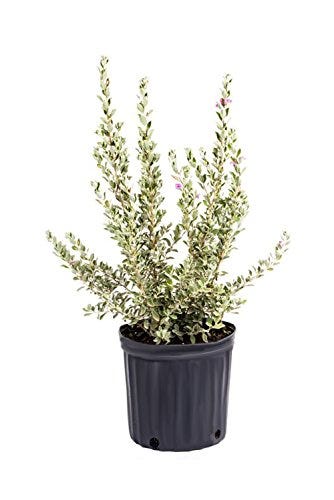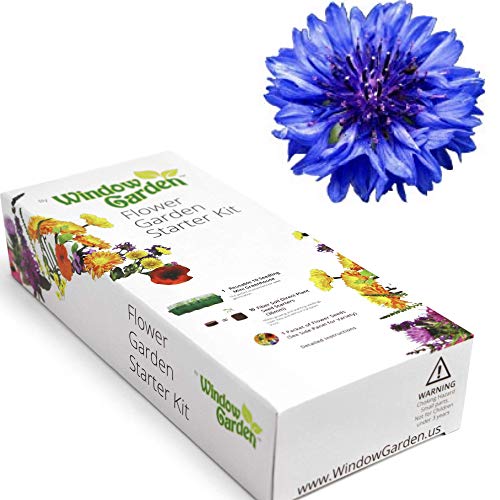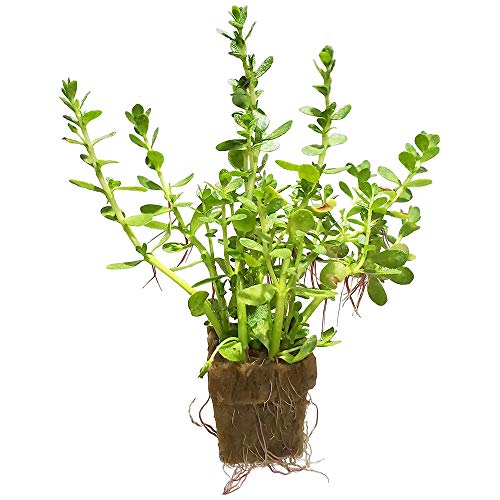Wouldn’t it be great if when you had a headache you could pick a Tylenol from a plant on your windowsill? Or even cancel your insomnia with the leaves of an unassuming shrub? Well, buck up: You can make your home a veritable forest of medicinal wonders, treating an array of life’s maladies.
No, big pharma won’t be shaking in their boots, and nothing here is a replacement for real medicine, but everything on this list has some real, verifiable science backing up its efficacy. Beyond that, the plants I’ve listed have been “researched” for thousands of years, initially through the Indian Ayurvedic belief that illness stems from an imbalance of a person’s consciousness.
And of course, before you sample any of the remedies, be sure to speak with your doctor.
Tulsi
Also known as Holy Basil, the medical uses for this amazing plant date back some 3,000 years. It’s so revered in Hindu culture that it’s said to represent the earthly presence of the goddess Tulsi.
This “adaptogenic” herb (reduces stress while increasing energy), is most often consumed as a tea, which can be “spicy,” but with zero caffeine content. The remedies include anxiety, lowering of blood pressure, protecting internal organs from pollutants or heavy metals, hyperthyroidism, and even acne.
Overall, this good-to-have-around-the-house plant is thought to assist the body in maintaining its proper state of homeostasis. That is, it helps our natural systems stay in proper balance. You might have a look-see at the kind words for Tulsi from the National Library of Medicine:
“A total of 24 studies were identified that reported therapeutic effects on metabolic disorders, cardiovascular disease, immunity, and neurocognition. All studies reported favourable[sic] clinical outcomes with no studies reporting any significant adverse events.”
Jeez, NLIM, just marry them already. Learn to grow it here. Oh, and check out these interesting recipes.
Lemon Grass
Lemon Grass Seeds for Planting Outdoor
The Cymbopogon citratus (lemongrass plant) is often found in Thai cooking, but there’s more to it than that. In fact, the list of health advantages to drinking lemongrass tea is a particularly long one.
First of all, it has some mean detoxification qualities, not to mention it fights bacteria, viruses, and fungus. More? It’s thought to lower cholesterol, ease joint pain, fight anxiety and depression.
Skeptical? Take a read from the Journal of Advanced Pharmaceutical Technology and Research based on the culmination of recent study data:
“Studies indicate that Cymbopogon citratus possesses various pharmacological activities such as anti-amoebic, antibacterial, antidiarrheal, antifilarial, antifungal and anti-inflammatory properties… These results are very encouraging and indicate that this herb should be studied more extensively to confirm these results and reveal other potential therapeutic effects.”
Learn how to grow your own.
Sage
That’s right, like the stuff in a shaker you keep in your spice rack. It’s a member of the mint family, though you wouldn’t know it when it’s swimming in your Butternut Squash Ravioli.
Just the same, this spicy contender packs a real therapeutic wallop. First of all, sage is high in nutrients. Next, it’s a righteous antioxidant. In one study, drinking a single cup of sage tea twice daily significantly heightened antioxidant defenses. In addition, it lowered LDL cholesterol (the bad stuff) and raised the “good” HDL cholesterol.
But get a load of this: an article in Science Daily reports that British scientists conducting clinical trials with healthy, young adults confirm centuries-old beliefs that sage can improve memory function. Which means that all my difficulty remembering to pick it up at the supermarket is entirely my fault.
Anyway, you can grow your own sage. For some help with that, just click the little blue phrase right here. And while you’re at it, learn some cool sage recipes.
Marigold
I know what you’re thinking: the obscure Nirvana song that Dave Grohl wrote? No, we’re talking about the plant Calendula, also known as pot marigold. The common ornamental marigolds just won’t do this trick.
Steep the flowers in boiling water to make a tea and you’ve got yourself an outrageous antioxidant. That’s pretty tough to beat right there.
Bacopa
Bacopa Monnieri Moneywort Freshwater Live
Here’s another oldie but goodie from the ancient world of Ayurvedic medicine. For thousands of years, the people of India have relied on Bacopa monnieri, an aquatic plant, as an answer for pain relief, epilepsy, attention deficit disorder, and even stress relief.
Let’s review that last mention – stress relief – and its impact on our health. Many health professionals estimate that up to 90{fe463f59fb70c5c01486843be1d66c13e664ed3ae921464fa884afebcc0ffe6c} of visits to primary care physicians are for stress-related issues. While most of us do our best to keep from running (from our problems, or murdering our bosses when we feel they’ve been unfair). This keeps us out of prison cells, but there is a cost to our health. In fact, the Japanese, known for their relentless work ethic, have a term for this: “karoshi,” which translates loosely to “death by overwork.”
I don’t know about you, but I’m stressed from reading this. So how about a nice cup of bacopa tea? It’s simple, just pour some hot water over your fresh bacopa leaves (I’m sure you have some handy), and let it steep for 10 minutes. There’s no caffeine so you can have it anytime, but brace for the bitterness. Honey makes it better.
You can read about some other serious benefits (and side effects) associated with Bacopa monnieri – or you can just read the specifics of the study from the Journal of Alternative and Complementary Medicine.
As always, there are caveats to imbibing the tea or sampling the many bacopa supplements available. Do some research, and consult your doctor.
Having said that, if you’d like to try your hand at growing bacopa, just click right here.

